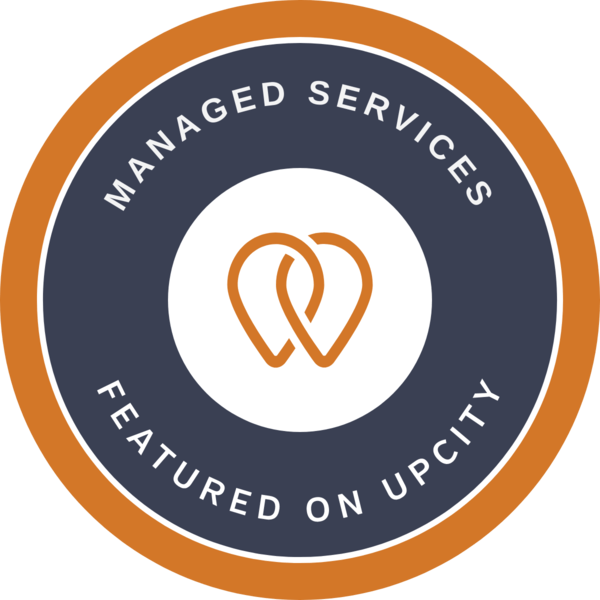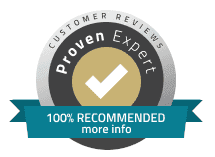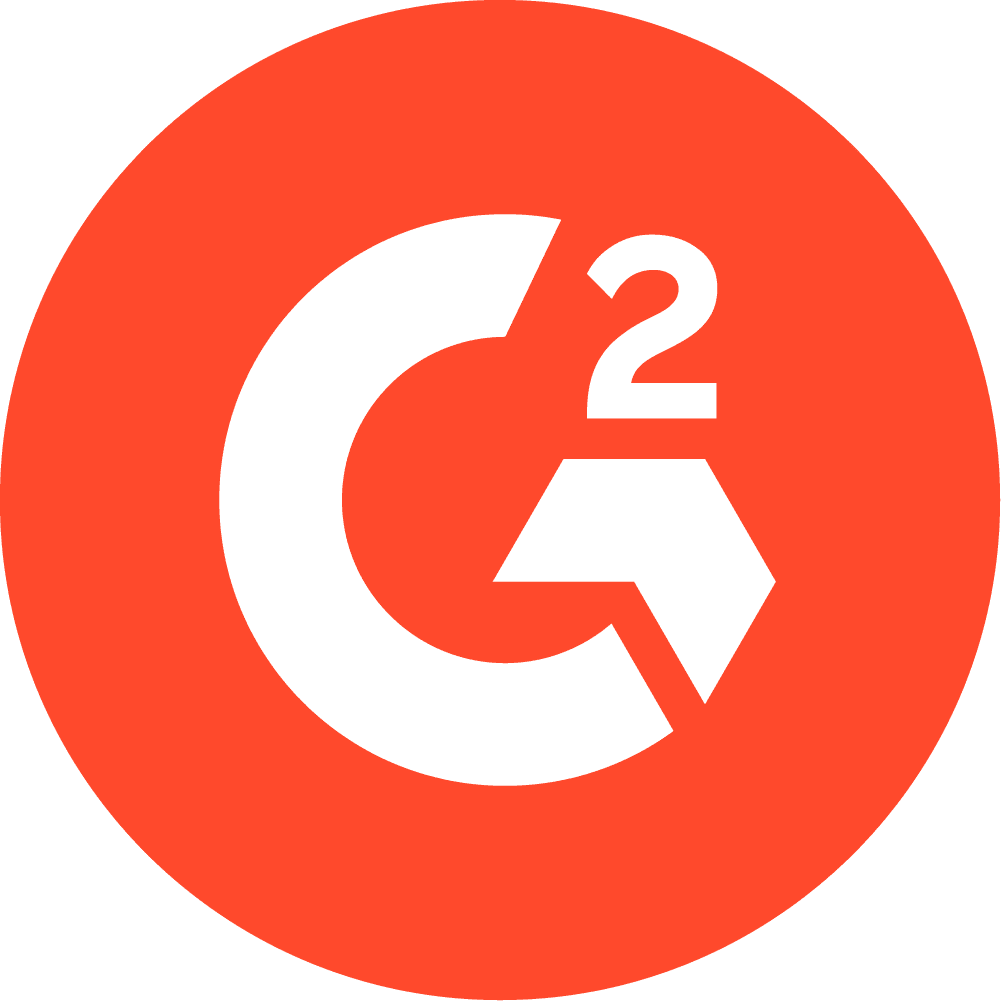Before we can get to why IAM, PIM and PAM are important, let’s try to understand these concepts. In the ever-evolving panorama of cybersecurity, IAM, PIM, and PAM are pivotal in shaping how companies defend against cyberthreats. In this article, we’ll discover what they offer with examples, and discuss how they collectively fortify your businesses’ safety posture.
Consider the scenario of a cyberattack. IAM ensures that regular users have the appropriate permissions and can access the resources they need for their roles. PIM secures those crucial privileged accounts, such as those used by IT administrators. PAM monitors and controls how these privileged users interact with critical systems. Together, they form a layered defense, making it exceedingly difficult for attackers to gain a foothold.

Unboxing IAM: Identity and Access Management
IAM is the foundation upon which a robust cybersecurity strategy is built. IAM revolves around handling corporate identities and controlling their access to company’s assets. It’s approximately making sure that the right individuals or entities have the proper authentication and authorization process in order to access the right data at the right time. Let’s run down IAM’s key components:
Authentication: This is the technique of verifying an end user’s identification. It involves factors like something the user knows (a password), something the person has (an access card), or something the person is – a biometric factor (a fingerprint). Multi-factor authentication (MFA) combines two or more of those factors for enhanced protection.
Authorization: Once a consumer’s identification is authenticated, authorization kicks in. It determines what that authenticated consumer can or cannot get access to. It involves defining roles, permissions, and access policies by frequently using concepts like RBAC (Role-Based Access Control) and ABAC (Attribute-Based Access Control).
Account Management: IAM handles the lifecycle of employee credentials, right from the first step which is provisioning credentials to deactivation or deprovisioning among a whole lot of other things. This consists of defining what are the employees’ access requests, approvals, and changes to employee roles, frequently facilitated via automation.
Single Sign-On (SSO): SSO simplifies the employee experience via allowing people to get admission to more than one application or service with just one set of login credentials. It not only complements person comfort but also is a cornerstone of security by reducing the attack surface because users only log in once each day and only use one set of credentials.
Identity Governance and Administration (IGA): IGA ensures that IAM policies align with regulatory compliance necessities and business requirements. It encompasses auditing and reporting to guarantee coverage adherence.
| Get a Free Security Audit! Request a complimentary security audit to uncover vulnerabilities in your organization and receive expert recommendations. CONTACT US |
Elevating Security with PIM: Privileged Identity Management
While IAM is handling identities and what these identities get access to, PIM (Privileged Identity Management) specializes in securing privileged accounts or accounts that have the highest level of privileges to access the most critical data. They are fairly coveted by using cyber attackers, making PIM an essential issue of cybersecurity. Let’s delve into its key elements:
Privileged Account Discovery: PIM begins through figuring out all privileged accounts within an enterprise. This consists of employees with elevated permissions, that includes the likes of Directors, Executive Level Decision Makers and Database Administrators.
Access Control: PIM enforces the most strict access controls on such privileged users. It limits who can get admission to classified information, when they could get entry to such records, and what operations they could perform on the data (copy, edit, delete) once the access is granted. This protects your business from unauthorized access and data mishandling.
Monitoring and Auditing: Real-time tracking of privileged account sports is essential. PIM solutions monitor and maintain a log of each activity of the privileged users, allowing for fast detection of suspicious behavior or safety incidents. Auditing capabilities offer a complete report for compliance functions.
Just-In-Time Access: Instead of supplying 24×7 access to data, PIM adopts a “just-in-time” technique. Privileged access is granted only at the time it is required and for a specific reason, decreasing the attack surface. For example limiting access to specific information only at certain times or limiting the number of times the data can be accessed in a give timeframe.
Password Management: PIM includes sturdy password management practices, inclusive of everyday rotation of passwords, strong password policies, password encryption and secure vault of privileged account credentials.
Enhancing Security with PAM: Privileged Access Management
PAM (Privileged Access Management) is a broader approach that encompasses both privileged identities and privileged access concepts. PAM solutions go beyond securing privileged employee accounts and additionally defines the level of access for privileged employees to systems, programs, and records. Let’s discover its key factors:
Access Control: PAM solutions implements access controls at a granular level, ensuring that privileged end users can effectively get access to only what is vital for their roles. Just-in-time accessibility and session isolation are usually a part of defining these access controls.
Session Monitoring and Recording: It is essential that PAM has the ability to records and monitor all privileged user activity, and that there is a proper audit file maintained. This enables real-time detection of suspicious activities and offers precious forensic facts.
Password Vaulting: PAM include password vaults for securely storing, encrypting and rotating privileged account credentials. This reduces the threat of credential theft or misuse.
Approval Workflows: Before granting privileged accounts the right to admission to any critical data, PAM frequently requires approvals from distinctive personnel. This guarantees responsibility and oversight.
Behavior Analytics: Some PAM solutions incorporate analytics to detect anomalies in privileged accounts behavior and patterns. Unusual styles or deviations from common behavior can trigger signals or automated responses.
How IAM, PIM, and PAM Make Organizations Secure
Now that we have an understanding of these critical concepts, let’s go through how IAM, PIM, and PAM together enhance any businesses’ security posture:
Controlled Access: IAM sets the platform by controlling access based on user identities and roles. PIM and PAM further refine access control to critical information to avoid data manipulation, in particular for privileged users, lowering the risk of unauthorized access.
Monitoring and Detection: PAM and IAM offer comprehensive monitoring skills, permitting agencies to locate and respond to suspicious incidents on a real time basis. Suspicious events or deviations from standard behavior can be quickly identified.
Compliance Adherence: IGA within IAM guarantees that access management guidelines align with regulatory standards. PIM and PAM make significant contributions to compliance by implementing strict controls and auditing practices.
Password Security: All three—IAM, PIM, and PAM—emphasize strong password management and warranted access control. This is essential in preventing credential-associated protection breaches.
Reduced Attack Surface: PIM and PAM, through just-in-time access policies and regulated access controls, decrease the attack surface. This makes it more difficult for attackers to take advantage of vulnerabilities.
Choosing a Managed Security Services Provider
Implementing IAM, PIM, and PAM can be complex and resource-intensive. That’s where managed security services providers come in. These experts can help you streamline the process, ensuring that your organization benefits from state-of-the-art security without the hassle of managing it all in-house. Outsourcing security management to a trusted partner like OneUp Networks allows you to focus on your core business while resting assured that your cybersecurity is in capable hands.
Conclusion
Individually, IAM, PIM, and PAM are powerful tools for securing your organization. However, when integrated, their collective strength becomes even more apparent.
They collectively beef up a company’s safety by controlling access to sensitive data, monitoring events, and decreasing risks associated with privileged accounts. In present day cyberthreat trends, these standards are non-negotiable and imperative for safeguarding sensitive data and maintaining business continuity and reputation.
Ready to enhance your organizational security with IAM, PIM, and PAM?
Contact us today by emailing at [email protected] or completing the free trial form for a comprehensive security assessment and personalized solutions to safeguard your business. Don’t wait until it’s too late.




































